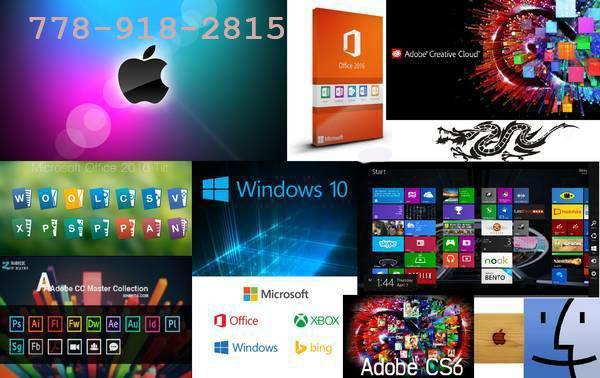
- #WINDOWS 7 ON MACBOOK AIR NO SOUND HOW TO#
- #WINDOWS 7 ON MACBOOK AIR NO SOUND DRIVERS#
- #WINDOWS 7 ON MACBOOK AIR NO SOUND SOFTWARE#
- #WINDOWS 7 ON MACBOOK AIR NO SOUND MAC#
#WINDOWS 7 ON MACBOOK AIR NO SOUND SOFTWARE#
Section 1: Resolve Video Lags in Windowsīefore you check for any software related issue, make sure that the hardware component has not been tampered with.
#WINDOWS 7 ON MACBOOK AIR NO SOUND MAC#
If you believe that your Mac or Windows system has caused a video lag in it, then you can follow these solutions. Guide 1: Fix Video Lags Caused by the Computer
#WINDOWS 7 ON MACBOOK AIR NO SOUND DRIVERS#
The installed drivers or graphic software in your system can also be corrupt or outdated.You might experience VLC lagging if you play an unsupported video format or a media file of different encoding.The media player (like VLC) can also be running slow or might be corrupted.Sometimes, a video file can be corrupt or have missing fragments, causing the playback to lag.A slow or unresponsive system is one of the major reasons for causing lag in videos.Therefore, if your computer is already running slow or the hard drive is producing a sound, then it can be a symptom of video lags.

Sometimes, even a system-related issue can trigger it. Most of the video lag symptoms are related to media players when the application takes a lot of time to launch or play the video. Therefore, while playing a video, if it isn't getting loaded at the right speed, or has been halted, then it can cause lag in its playback. Ideally, a lag is a slow response by the computer, network, or any application. What Is A Video Lag and How It Is Caused?įirstly, let's cover some basic details about video lags and what could have caused these issues to start with.
#WINDOWS 7 ON MACBOOK AIR NO SOUND HOW TO#

It is possible to select a microphone here. Transmits the audio output of all devices on this computer.Ī specific device can be selected for transmission. Transmits the default audio device set in the computer's settings.

The default setting will be to use the standard audio device that has been selected in the computer's settings. "Transmission" sets up which audio device the client transmits when it receives an incoming connection. While in a session, the local connecting client can enable or disable this feature in the Permissions menu for Windows and Menu for macOS and Linux in the AnyDesk toolbar. Administrator Privileges and Elevation (UAC)ĪnyDesk for Linux / Raspberry Pi / FreeBSD


 0 kommentar(er)
0 kommentar(er)
